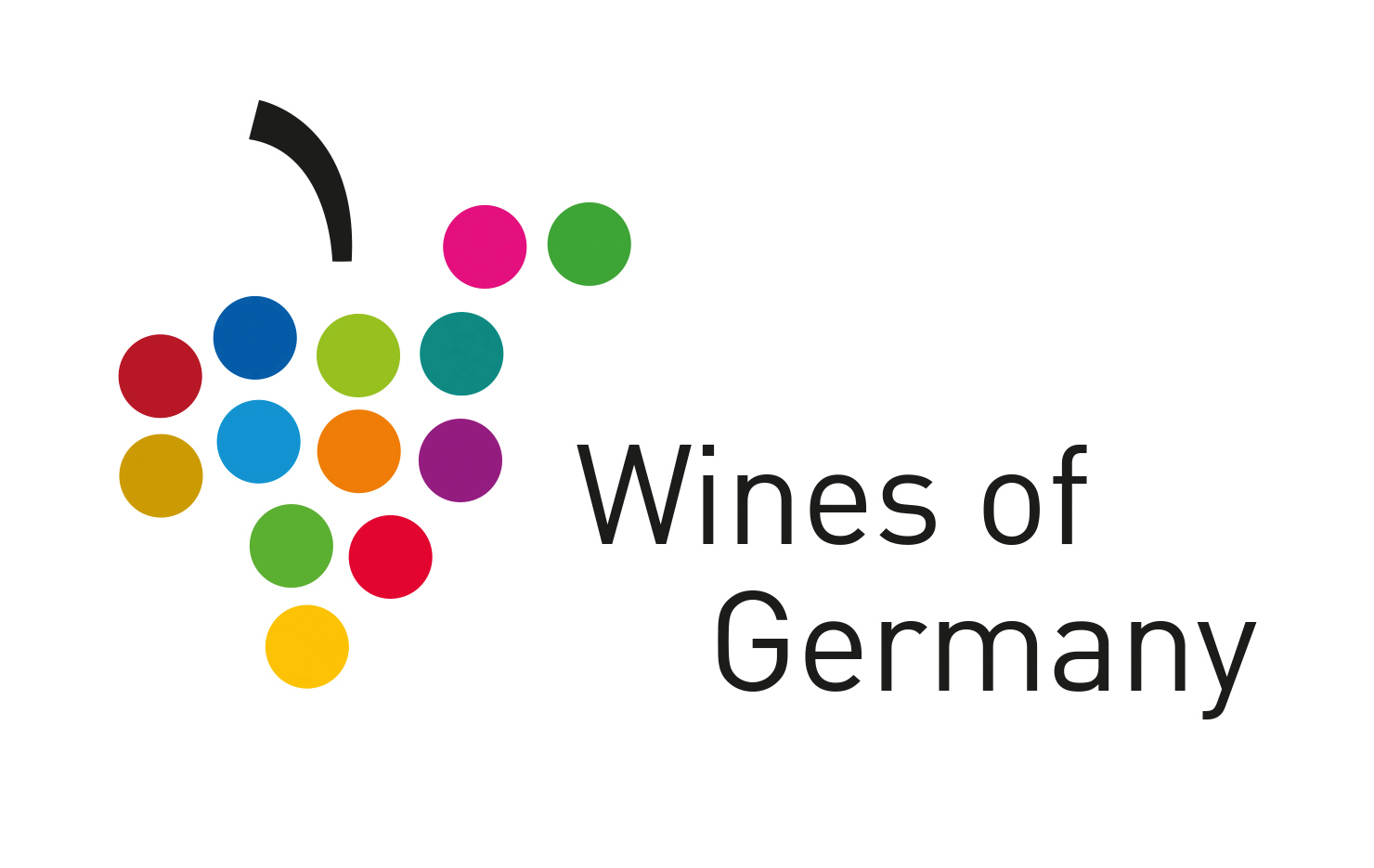In Germany, the Spätburgunder is to red wine what the Riesling is to white wine: the cream of the crop.
In fact, Germany is the world’s third largest producer of Pinot Noir. The German name for the grape is Spätburgunder – late (spät) ripening pinot (burgunder).
Sensitive to climate and soil, it needs warmth (but not intense heat) to thrive and does well in chalky soils. As the name implies, it ripens late (spät) and it was brought to Germany from Burgundy, where it has probably been cultivated since at least the 4th century (first documented, however, in the 14th century). Called Pinot Noir in France, this grape produces elegant, velvety wines with a distinctive bouquet reminiscent of bitter almonds or blackberries.
The traditional style of German Spätburgunder is lighter in color, body and tannic acidity than its counterparts from warmer climates. Many contemporary winemakers, however, are producing wines that are more international in style, ie fuller-bodied, deep red wines with higher tannin levels. Often the wines take on more depth and complexity (and a light vanilla tone) if they are aged in small (225-liter) oak casks. Just over 11.8% of Germany’s vineyard area is devoted to Spätburgunder, primarily in the Ortenau and Kaiserstuhl districts of Baden; it accounts for over half the plantings in the Ahr.


